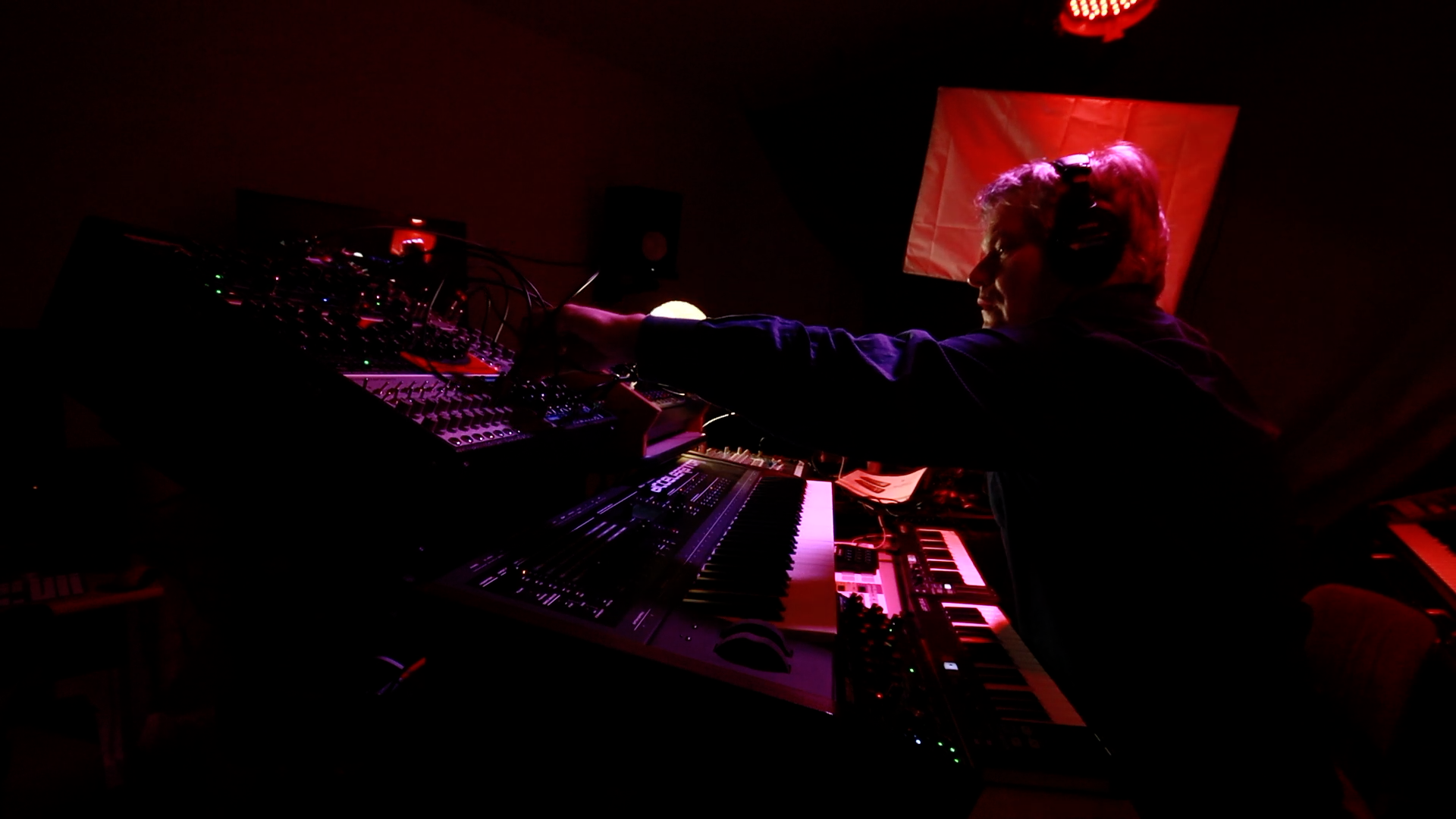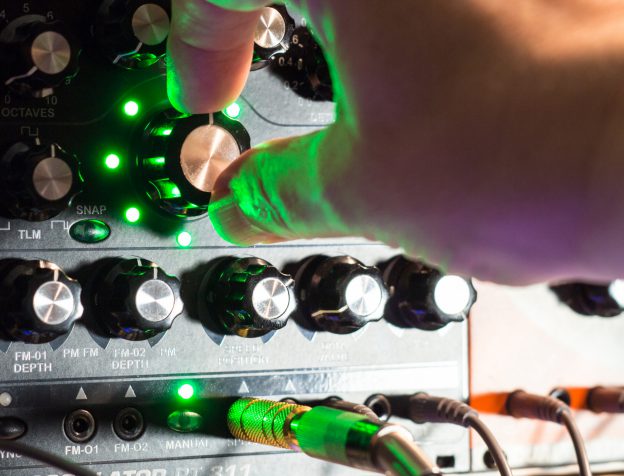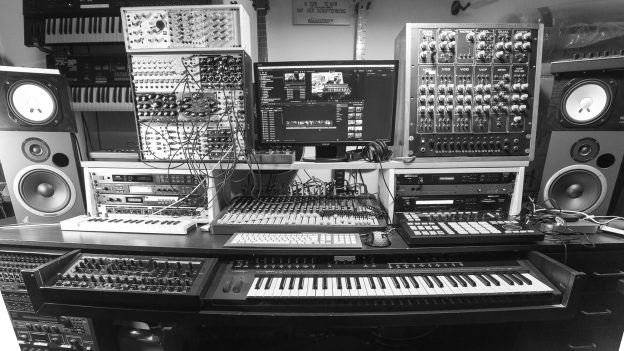Ich gebe es zu. Ich mag den Sound von String Ensembles. Sie lassen sich so schön unkompliziert im Mix platzieren, tragen nicht dick auf und klingen stets spacig und lebendig. Aufgrund ihres reichhaltigen Oberton-Angebots eignen sie sich auch perfekt zum Filtern, als Carrier für Vocoder etc. Nicht ohne Grund sind die meisten Vintage Instrumente ziemlich teuer. Einer der bekanntesten Vertreter ist sicherlich das Solina String Ensemble beziehungsweise sein großer Bruder, der Solina String Synthesizer. Dieser besitzt neben dem String Ensemble noch einige monophone Solo-Sounds. Aktuell ist auf Ebay einer mit knapp 3000 Euro gelistet. OK – ich mag den Sound sehr, aber 3000 Euro sind doch etwas teuer.
Diese 70er Jahre String-Ensembles haben neben dem recht hohen Preis noch einen weiteren Nachteil. Die MIDI Schnittstelle war zu dieser Zeit schlicht noch nicht erfunden. Einspielen und Quantisieren im Rechner ist mit diesen Instrumenten also nicht möglich.
Diese String-Ensembles gefielen in den Siebzigeren nicht nur den Vertretern der Rock- und Popmusik. Auch bei den Alleinunterhaltern waren die Flächenleger beliebt. So erhielten String-Ensembles Einzug im Orgel Sektor. Jean Michel Jarre ist einer der bekanntesten Verteter damaliger Musiker, die ihren „Synthesizer“ Sound in nicht unerheblichem Umfang „Elektronenorgeln“ zu verdanken hatten. Die von bekannten Musikern benannten Exemplare sind meist ebenfalls recht teuer. Die entscheidenden Baugruppen für den typischen String-Ensemble Sound sind aber in vielen Orgeln zu finden. Diese Perlen sind meistens fast schon unverschämt billig. Ein besonders großzügig ausgestattetes Exemplar habe ich nun für 100.- Euro gekauft – eine ELKA X30. Diese zweimanualige Orgel ist transportabel ausgelegt, kam komplett mit Case, Basspedal und Schweller und hat neben dem typischen String-Ensemble auch eine sehr warm klingende Sinus-Orgel sowie einige Solo-Instrumente und polyphone Presets. Das beste ist aber die Kombination moderner Technik mit der analogen Tonerzeugung. Die Orgel hat MIDI und die ganzen Klangeinstellungen lassen sich in Registrierungs-Speichern ablegen. Falls Sie also über den Kauf eines Solina String Ensembles nachdenken, schauen sie lieber nach einer solchen Orgel. Zusammen mit etwas externem Effekt – in meinem Beispiel eine Radikal Technologies RT-1701 Multi FX Modul „EFFEXX“ – ist der pefekte Flächenleger ultragünstig zu haben. Hier gleich eine kleine Kostprobe:
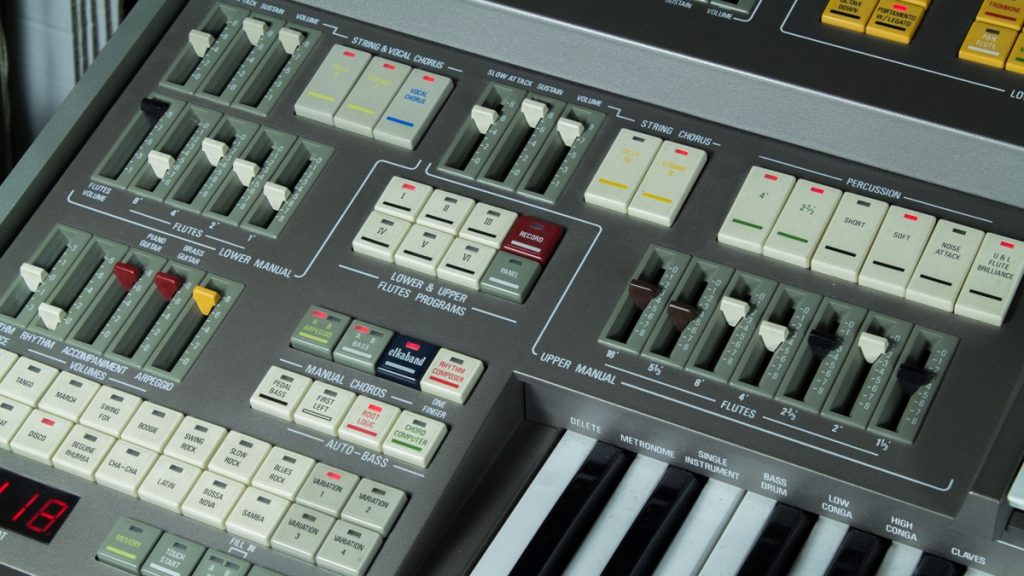
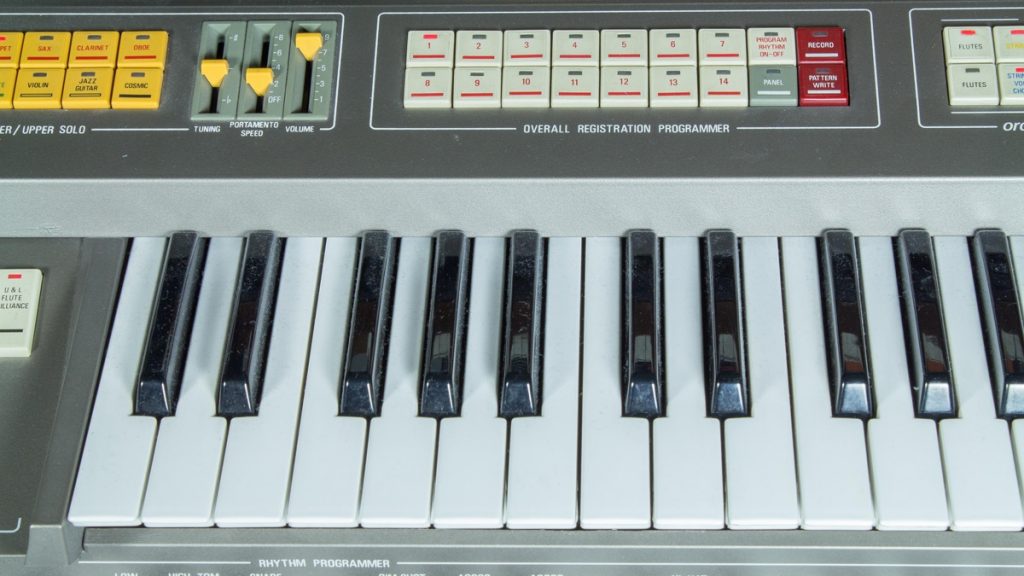
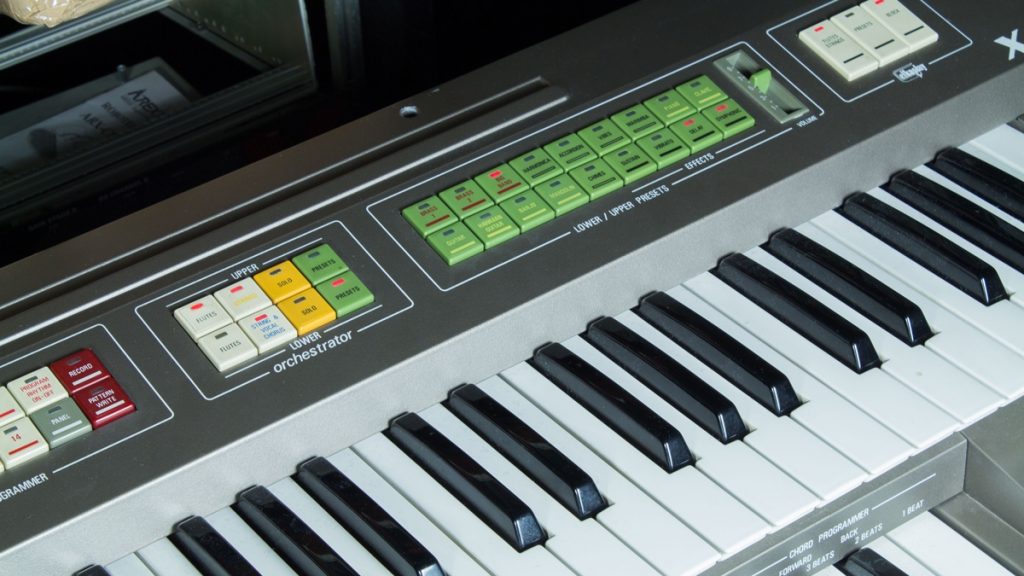
Es gibt natürlich auch Schattenseiten. Ein solches Instrument braucht etwas Liebe und Pflege. So setzte meines schon nach ein paar Tagen fast komplett aus, so dass ich es öffnen musste.
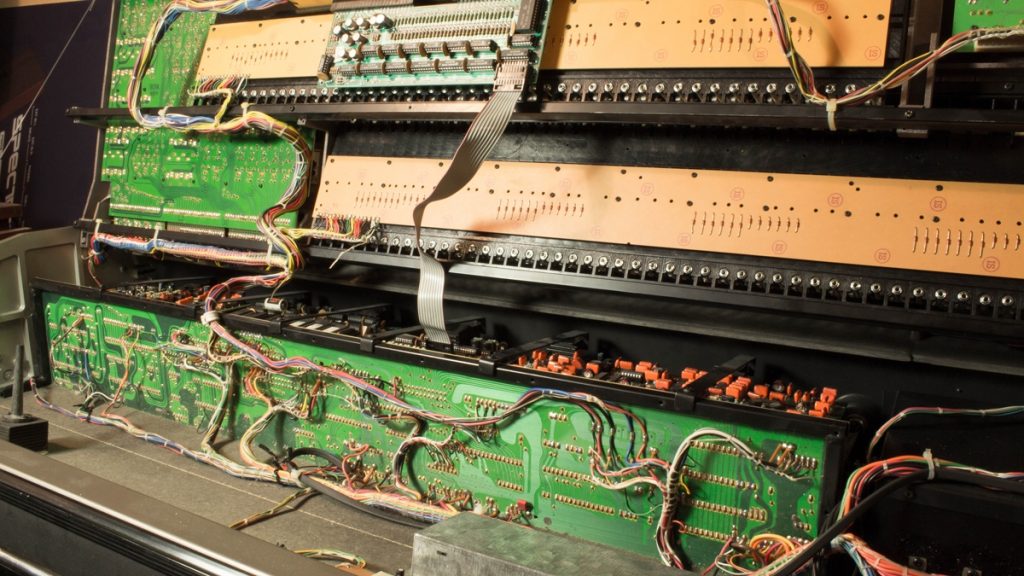
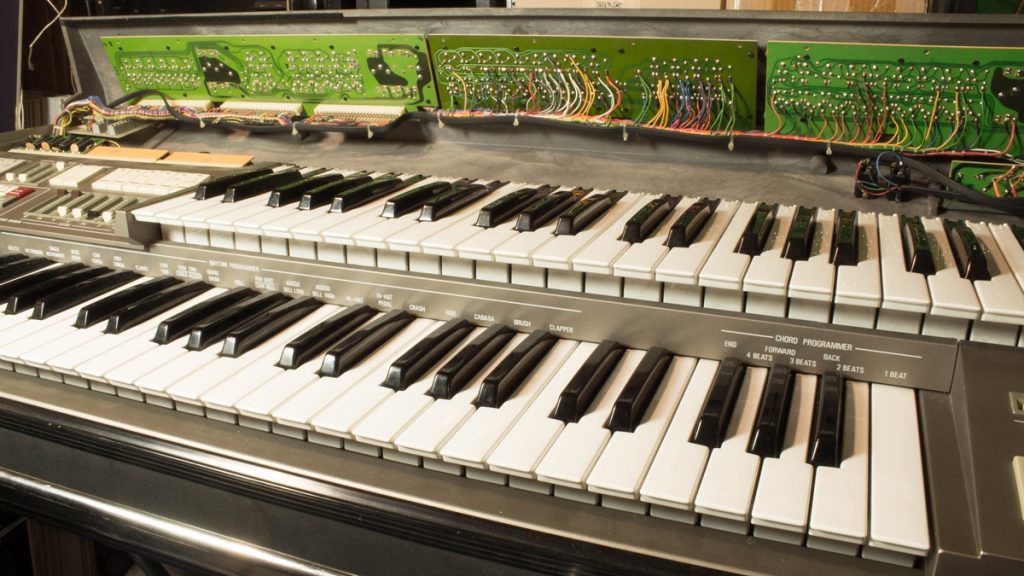
Die gesamte Polysektion war ausgefallen. Bei diesen Orgeln gibt es in der Regel einen Top Octave Generator, der die 12 Halbtöne einer Oktave erzeugt. Über Frequenzteiler-Schaltungen werden anschließend die 12 Grundtöne oktavweise heruntergeteilt. Da die Orgel bis auf den polyphonen Teil noch komplett funktionierte, war mir schnell klar, wo ich den Fehler suchen muss. Der Top Octave Generator hat in der Orgel eine eigene Platine. Ich entfernte die Platine und reinigte die Kontaktzungen der Platine mit Alkohol. Siehe da – nach dem Einschieben der Platine und dem Einschalten war die Sektion wieder da.
